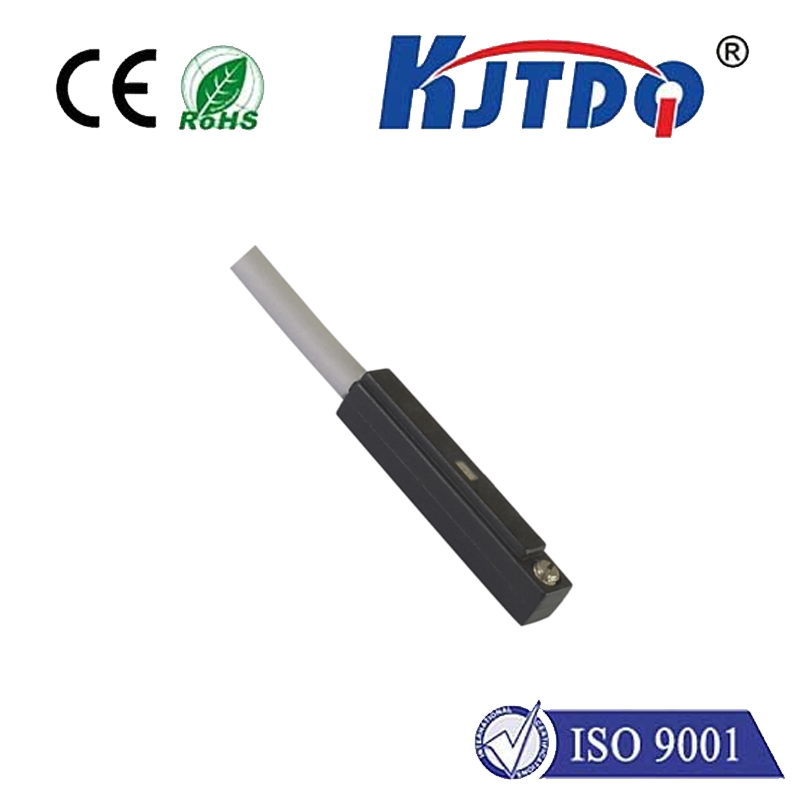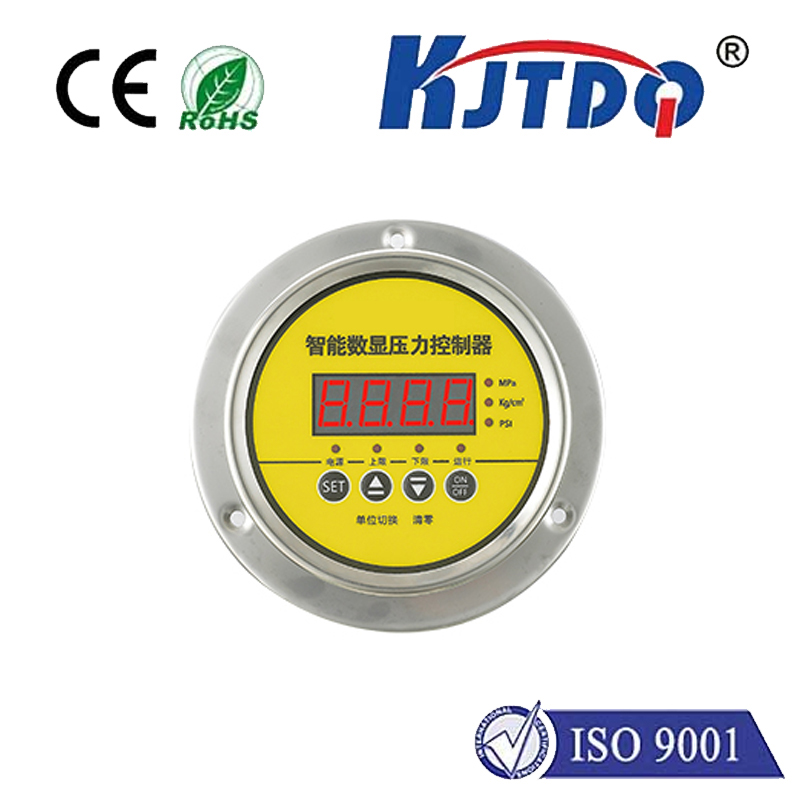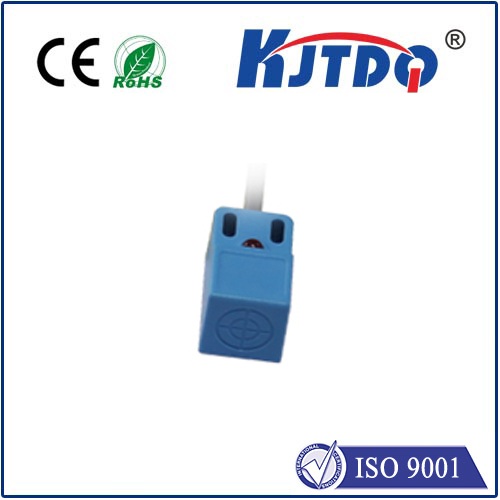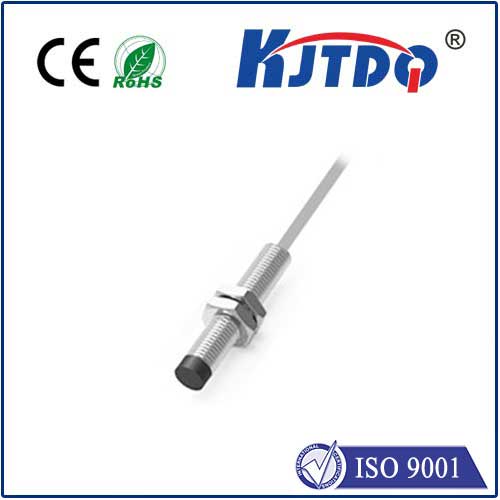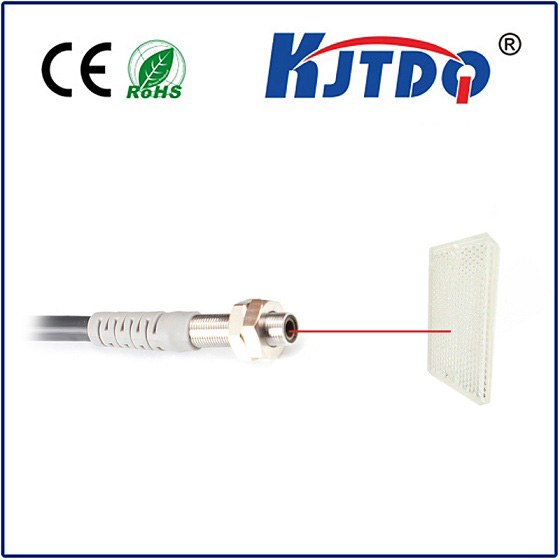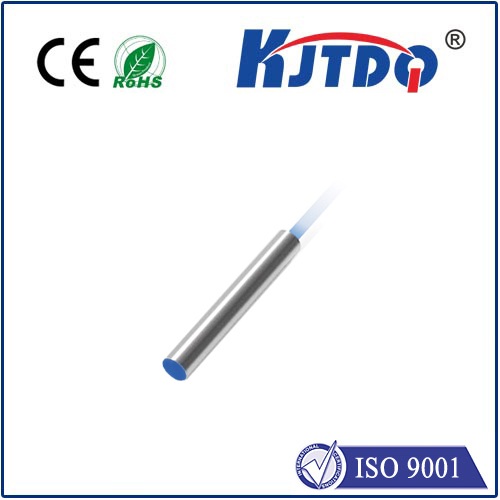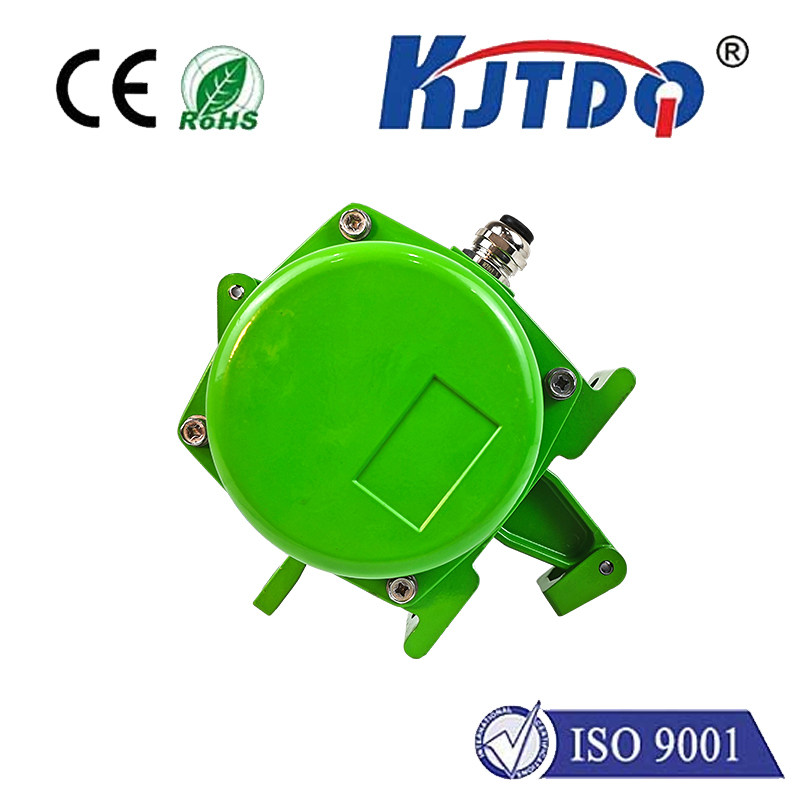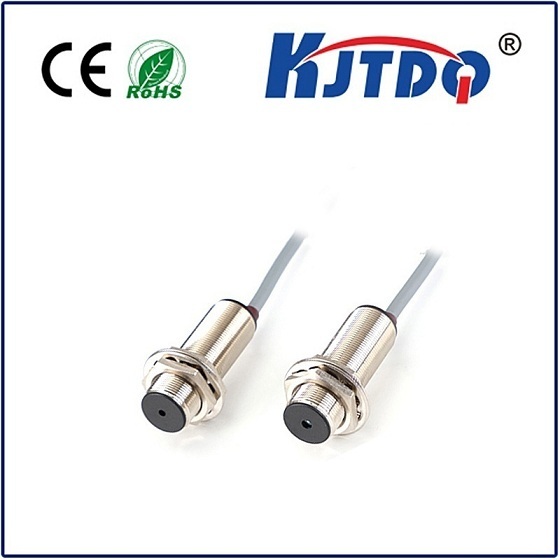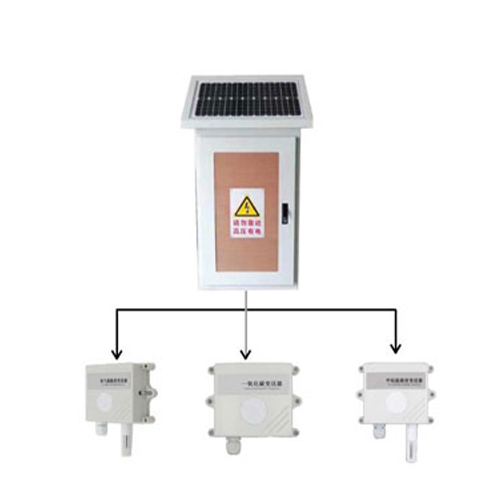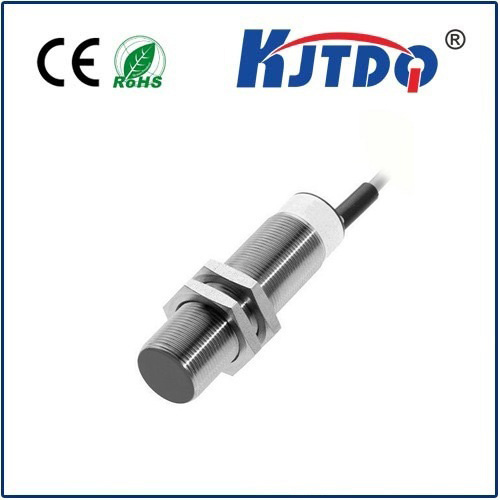gidn18 3a50pc
- time:2025-07-23 16:43:52
- Click:0
Cracking the Code: What “gidn18 3a50pc” Reveals About Modern Tech Evolution
The relentless march of technology often speaks in cryptic tongues. Model numbers, serial codes, and obscure identifiers like “gidn18 3a50pc” dot the landscape of our digital devices. While seemingly random to the untrained eye, these alphanumeric strings are more than just labels; they are windows into the engineered precision and generational leaps defining contemporary computing power. Understanding the significance behind such codes unlocks insights into performance, capability, and the fascinating trajectory of innovation.
Decoding the Language of Hardware
Modern computing components rarely boast simple names. Instead, manufacturers employ complex naming conventions like “gidn18 3a50pc” to convey a wealth of information compactly. These strings typically embed details about the product family, generation, performance tier, power characteristics, form factor, and intended market segment. For instance:
- Prefixes (like “gidn”): Often denote the product family or core architecture. This signifies the foundational design philosophy and shared technology across related parts.
- Numerics (like “18”): Frequently indicate the generation or iteration number, marking its position in the development timeline. Higher numbers usually point to newer, more advanced architectures.
- Core Identifiers (like “3a50”): Typically specify the performance tier within its family and generation, encompassing core count, clock speeds, cache size, and specific feature sets.
- Suffixes (like “pc”): Denote crucial characteristics such as power envelope (TDP), socket compatibility, integrated graphics capability, or target platform (e.g., Personal Computer, Server, Mobile).
Therefore, encountering “gidn18 3a50pc” suggests we’re likely looking at a specific iteration (e.g., 18th generation) of a particular architecture (“gidn”), occupying a defined performance slot (“3a50”), designed explicitly for the desktop PC market (“pc”). This structured coding is essential for manufacturers, system integrators, and informed consumers navigating the dense ecosystem of components.
The Powerhouse Behind the Label

Assuming “gidn18 3a50pc” represents a current-generation processor, its significance extends far beyond nomenclature. Such a component sits at the heart of demanding computational tasks. It embodies years of research and development focused on overcoming the physical and architectural barriers that once limited performance.
Key advancements reflected in contemporary high-performance PC processors include:
- Enhanced Microarchitecture: Deeper pipelines, smarter branch prediction, improved instruction handling, and larger, faster caches (L1, L2, L3) significantly boost instructions processed per clock cycle (IPC). This means more work gets done faster, even if raw clock speeds don’t dramatically increase.
- Advanced Node Shrinkage: Fabrication on cutting-edge process nodes (like 5nm or 3nm) allows for packing billions more transistors into the same physical space. This drives efficiency and performance gains simultaneously, reducing power consumption while enabling higher complexity and speeds.
- Heterogeneous Core Design: Modern CPUs often feature a mix of high-performance cores (for demanding single-threaded tasks) and high-efficiency cores (for background processes and multi-threading). This hybrid architecture optimizes responsiveness and power efficiency across diverse workloads, from gaming to content creation to multitasking.
- Integrated AI Acceleration: Dedicated hardware blocks (like NPUs - Neural Processing Units) are increasingly common, specifically designed to accelerate AI inference tasks locally. This fuels applications like intelligent noise cancellation, advanced image processing, and real-time analytics directly on the user’s device, enhancing user experience and offloading the CPU/GPU.
Performance Unleashed: Real-World Impact
What does this translate to for the end-user? A processor aligning with the “gidn18 3a50pc” profile is engineered to deliver fluid experiences across the board:
- Gaming: Expect buttery-smooth high frame rates, even at ultra-high resolutions (4K+) and maxed-out settings, powered by strong single-core performance and excellent multi-core scaling for complex game engines.
- Content Creation: Video editing, 3D rendering, and complex simulations benefit immensely from high core/thread counts and robust multi-threaded performance, drastically reducing project completion times. Accelerated encoding/decoding via integrated media engines is crucial for efficient workflows.
- Productivity & Multitasking: Effortlessly juggle dozens of browser tabs, large spreadsheets, communication apps, and background tasks without system slowdowns. The hybrid core design ensures responsiveness even under heavy loads.
- Future-Proofing: Support for the latest connectivity standards (PCIe Gen 5, DDR5 memory, Thunderbolt 4⁄5, Wi-Fi 7) ensures compatibility with next-generation peripherals, storage, and networks, extending the system’s viable lifespan.
Beyond the Chip: The Ecosystem’s Role
The raw power of a processor like “gidn18 3a50pc” doesn’t exist in isolation. It relies on a synergistic ecosystem:
- Motherboard Synergy: The right motherboard chipset (e.g., Z-series, B-series, X-series) is critical. It unlocks features like CPU overclocking, provides sufficient high-speed PCIe lanes for GPUs and NVMe SSDs, and manages power delivery efficiently. Choosing a robust VRM (Voltage Regulator Module) design is essential to sustain high-performance demands.
- Memory Velocity: Pairing the CPU with high-speed, low-latency DDR5 memory in a dual-channel (or even quad-channel for HEDT/Workstation) configuration ensures data flows rapidly between the CPU and RAM, eliminating a major potential bottleneck. XMP/EXPO profiles make achieving optimal speeds straightforward.
- Thermal Management: Such powerful processors generate significant heat. Effective cooling – whether premium air coolers or multi-fan liquid AIOs – is non-negotiable to prevent thermal throttling and maintain peak performance during extended workloads or gaming sessions. Optimal case airflow is equally vital.
Looking Ahead: The Continuous Climb
The evolution hinted at by identifiers like “gidn18 3a50pc” is relentless. We stand on the brink of further refinements: chiplet designs becoming more sophisticated for enhanced yield and scalability, advanced packaging technologies like Foveros stacking chips vertically for greater density, and specialized accelerators becoming even more integrated for domain-specific tasks (AI, Ray Tracing physics).
The quest for greater efficiency per watt continues to drive innovation, pushing the boundaries of what’s possible within thermal and power constraints. Sustainability considerations are increasingly influencing design choices, from manufacturing processes to power management features. The next generation, whatever its alphanumeric code may be, promises to push computational frontiers even further, cementing the PC’s role as an indispensable engine for work, creativity, and play. Understanding the language of these codes allows us to better appreciate the remarkable engineering powering our digital lives.






